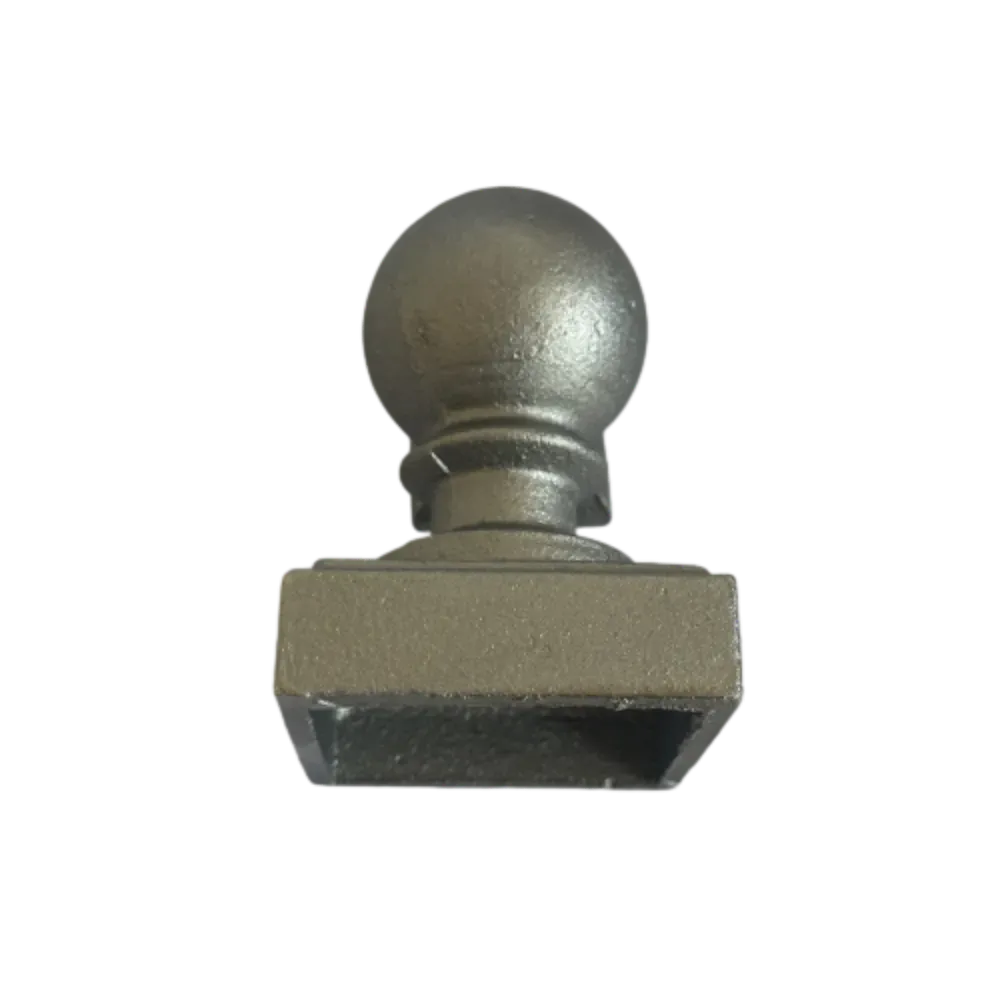Elegant Cast Iron Scrollwork Designs for Architectural and Decorative Enhancements
The Art of Cast Iron Scrollwork A Timeless Craft
Cast iron scrollwork, often characterized by its intricate designs and elegant curves, has captivated artisans and admirers alike for centuries. This exquisite craft blends artistry with functionality, resulting in stunning architectural features and decorative elements that enhance both historical and modern structures. In this article, we delve into the rich history, techniques, and contemporary applications of cast iron scrollwork, illustrating why it remains a beloved art form today.
Historical Overview
The roots of cast iron scrollwork can be traced back to ancient civilizations, where metalworking was a burgeoning craft. The development of cast iron as a material in the 18th century revolutionized this art form. Prior to this, metalwork was predominantly done in wrought iron, which required labor-intensive forging techniques. With the advent of cast iron, artisans could create more complex and delicate designs while maintaining structural integrity.
During the Industrial Revolution, the mass production capabilities of cast iron made it an ideal material for architectural embellishments. Factories began to produce ornate scrollwork for use in fences, gates, balconies, and other exterior features. This period saw the rise of decorative cast iron elements in urban architecture, particularly in cities like Paris, New York, and London, where designs flourished in the form of railings, lamp posts, and even furniture.
Techniques in Cast Iron Scrollwork
Creating cast iron scrollwork involves several steps, each requiring a high level of skill and precision. The process begins with designing the scroll pattern, which can range from simple curls to elaborate filigree. Once a design is finalized, a model or mold is created, typically using a material like sand or clay. This mold is crucial; it will be the template for casting the iron.
Next, molten iron is poured into the mold. The temperature and quality of the iron are critical factors in achieving a successful cast. After cooling, the cast iron piece is removed from the mold and often requires finishing touches. This may involve grinding, sanding, and painting to enhance its appearance and protect it from the elements.
cast iron scrollwork

One of the remarkable aspects of cast iron is its durability. Unlike other materials, cast iron can withstand harsh weather conditions, making it a practical choice for outdoor applications. This resilience, combined with its aesthetic appeal, has led to its continued use in modern design.
Contemporary Applications
Today, cast iron scrollwork is experiencing a renaissance, as architects and designers seek to incorporate traditional craftsmanship into contemporary spaces. While modern materials like steel and aluminum are popular, cast iron offers a unique, historical quality that can’t be replicated.
In residential setups, homeowners are increasingly opting for cast iron features such as stair railings, garden gates, and decorative grilles that add sophistication and charm. Public spaces also benefit from cast iron applications, where benches, lampposts, and fencing are designed to create welcoming and aesthetically pleasing environments.
Moreover, the revival of interest in sustainable and artisanal practices has led to a growing appreciation for cast iron scrollwork. Craftsmen are rediscovering the techniques of old, focusing on quality and detail rather than mass production. This trend aligns with the broader movement towards handmade, unique items that tell a story, making cast iron scrollwork items not just functional objects, but also works of art.
Conclusion
Cast iron scrollwork stands as a testament to the timeless interplay of form and function. Its historical significance and aesthetic allure make it a valuable component of architectural and decorative arts. As we embrace both modern innovation and traditional craftsmanship, the future of cast iron scrollwork looks bright. Whether in historical restorations or contemporary design, this exquisite art form continues to inspire and captivate, proving that beauty and durability can indeed go hand in hand. Embracing its legacy allows us to appreciate not only the artistry involved but also the cultural narratives woven into each intricate detail.
-
Wrought Iron Components: Timeless Elegance and Structural StrengthNewsJul.28,2025
-
Window Hardware Essentials: Rollers, Handles, and Locking SolutionsNewsJul.28,2025
-
Small Agricultural Processing Machines: Corn Threshers, Cassava Chippers, Grain Peelers & Chaff CuttersNewsJul.28,2025
-
Sliding Rollers: Smooth, Silent, and Built to LastNewsJul.28,2025
-
Cast Iron Stoves: Timeless Heating with Modern EfficiencyNewsJul.28,2025
-
Cast Iron Pipe and Fitting: Durable, Fire-Resistant Solutions for Plumbing and DrainageNewsJul.28,2025
-
 Wrought Iron Components: Timeless Elegance and Structural StrengthJul-28-2025Wrought Iron Components: Timeless Elegance and Structural Strength
Wrought Iron Components: Timeless Elegance and Structural StrengthJul-28-2025Wrought Iron Components: Timeless Elegance and Structural Strength -
 Window Hardware Essentials: Rollers, Handles, and Locking SolutionsJul-28-2025Window Hardware Essentials: Rollers, Handles, and Locking Solutions
Window Hardware Essentials: Rollers, Handles, and Locking SolutionsJul-28-2025Window Hardware Essentials: Rollers, Handles, and Locking Solutions -
 Small Agricultural Processing Machines: Corn Threshers, Cassava Chippers, Grain Peelers & Chaff CuttersJul-28-2025Small Agricultural Processing Machines: Corn Threshers, Cassava Chippers, Grain Peelers & Chaff Cutters
Small Agricultural Processing Machines: Corn Threshers, Cassava Chippers, Grain Peelers & Chaff CuttersJul-28-2025Small Agricultural Processing Machines: Corn Threshers, Cassava Chippers, Grain Peelers & Chaff Cutters












